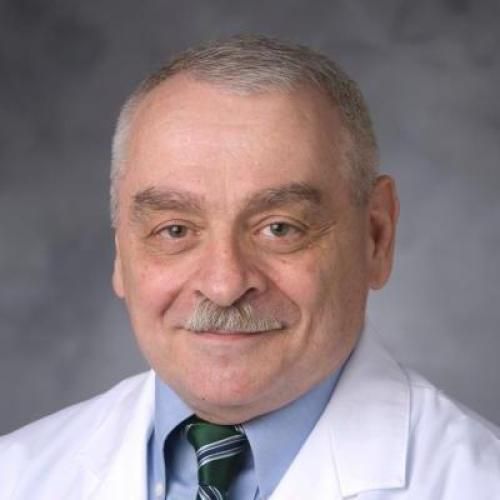Eicosanoids and the hemodynamic course of live Escherichia coli-induced sepsis in baboons.
Time-related changes in eicosanoid release and hemodynamic parameters were characterized in baboons during the early development of sepsis induced by intravenous (i.v.) infusion of live Escherichia coli (4 x 10(10) organisms/kg) in baboons. Plasma levels of thromboxane B2 (TxB2), a stable metabolite of thromboxane A2 (TxA2), rose rapidly in arterial, venous, and pulmonary arterial blood after infusion of live E. coli, attaining maximal increases at 30 min and returning to control values by 60 min. In contrast, plasma concentrations of 6-keto-PGF1 alpha rose slowly after infusion, reaching peak concentrations at 120 min, then slowly returned to control values between 4 and 5 hr after infusion of live E. coli. Hemodynamic values remained stable during the first 2 hr after infusion, although early changes in cellular energy metabolism and incipient hemodynamic failure were inferred from pyrexia, tachycardia, and metabolic acidosis. At 3 hr, signs of further hemodynamic compromise developed, including increased venous PCO2, reduced pulmonary capillary wedge pressure, and reduced stroke volume, followed by gradual increases in systemic and pulmonary vascular resistance. These factors coincided with progressive reductions in cardiac output and deteriorating circulatory efficiency. The time course of events following infusion of live E. coli indicates that alterations in cellular energy provision occurred early (within 1 hr), whereas central hemodynamic parameters decayed much more slowly. Additionally, TxA2 and PGI2 appear related to the early events in the development of sepsis as their release preceded cardiocirculatory failure.
Duke Scholars
Published In
ISSN
Publication Date
Volume
Issue
Start / End Page
Location
Related Subject Headings
- Thromboxane B2
- Sepsis
- Papio
- Male
- Escherichia coli Infections
- Eicosanoic Acids
- Animals
- 6-Ketoprostaglandin F1 alpha
Citation
Published In
ISSN
Publication Date
Volume
Issue
Start / End Page
Location
Related Subject Headings
- Thromboxane B2
- Sepsis
- Papio
- Male
- Escherichia coli Infections
- Eicosanoic Acids
- Animals
- 6-Ketoprostaglandin F1 alpha

